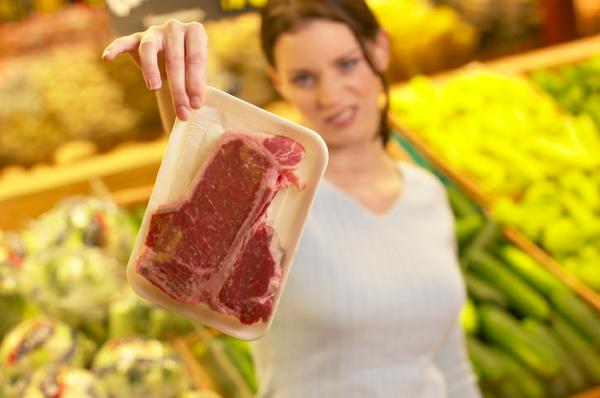How to Follow a Vegan Diet for Heart Health

Why go vegan?
The most common reasons given for pursuit of a vegan lifestyle include:
- Improve overall health
- Environmental concerns
- Natural approach to wellness
- Food-safety concerns
- Animal rights
- Weight loss/maintenance
A vegan diet is linked to many health benefits since the diet is naturally low in saturated fat and high in fiber. Studies have found vegan diets to reduce cancer and heart disease risk. Additional health benefits connected to a vegan diet include lower blood pressure, improved diabetes management, and decreased risk of kidney stone and gallstone formation.
However, a vegan diet does not automatically equal healthier. Whether you are vegan or not it always comes down to the foods you select. There are high sugar and high-fat vegan foods that are contrary to a healthy diet.
Vegan challenges
A 2017 report found 6% of US consumers now identify as vegan, meaning they consume and use no animal products at all.
The 2015 Special Diets Report found 36% of the U.S. population to be interested in reducing and/or eliminating meat and dairy from their diet.
Switching to a vegan lifestyle comes with some challenges. You may have to give up foods you enjoy, adjust your palate to new flavors, and socialize with friends and family who may not be supportive of your choices. There is also a learning curve. You need to learn and investigate what foods and menu items contain hidden animal ingredients.
Following a vegan diet also means being diligent to ensure your diet provides all needed nutrients, especially calcium, vitamin D, vitamin B12, and long-chain omega-3 fatty acids which are often obtained from animal products.
Support as you go vegan
In 2013, Nafsika Antypas transitioned overnight to a vegan meal plan with ease. However, she quickly realized this transition was not simple for most. This led her to create an online platform, The Struggling Vegan, to help people transition to the vegan lifestyle.
Here are some of her favorite tips and strategies:
- Switch your milk first. “It is one of the easiest changes to make because there’s such a variety of alternatives available including almond, soy and rice milk.”
- Satisfy your chocolate cravings. “I either make my own chocolate or buy a semi-sweet chocolate that does not contain milk.”
- Add nutritional yeast to anything to give it a cheesy flavor. “And it has loads of vitamin B12. You can also make a mock-cheese with cashews.”
- If you want beef, choose a veggie burger. “Or, I’ll make a meat sauce with vegan meat. It tastes just as good or better. Plus, your palette changes. You’ll soon find that you stop craving certain things.”
- Scout out vegan-friendly restaurants. “The number of restaurants offering vegan options is rising dramatically.”
- Participate in parties and family get-togethers. “I will usually bring a plant-based dish that everyone will also try and enjoy. At parties, it’s often possible to make a meal out of appetizers.”
- Make sure you’re always eating a variety of foods. “Consider what did I eat yesterday? Then don’t eat it today.”
Incorporating vegan principles into your diet
You don’t have to be all or nothing. If you want to pursue a vegan diet you can transition gradually. Start by incorporating vegan meals into your weekly meal plan. Many vegan meals are high in fiber and heart-healthy nutrients making them a great addition to your diet even if you never intend to fully be vegan. Experiment with recipes to find new dishes you enjoy and incorporate regularly into your diet. Antypas shares one of her favorite recipes: Potato and Garlic Mash.
Transitioning to a vegan diet is one strategy for lowering cholesterol and blood pressure levels for overall heart health. Are you interested in additional steps you can take to lower blood pressure? If so, try my free e-course!
All the best,
Lisa Nelson RD
Health Pro for HealthCentral



